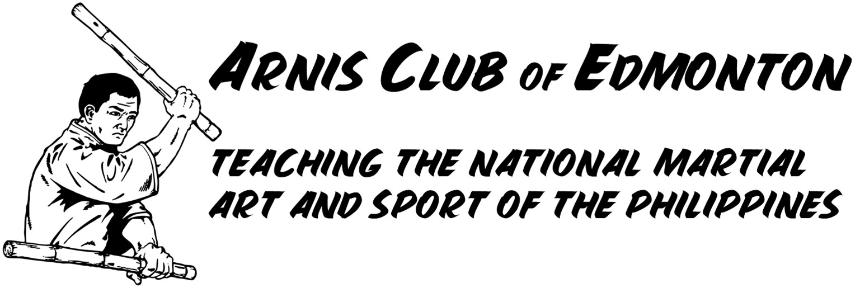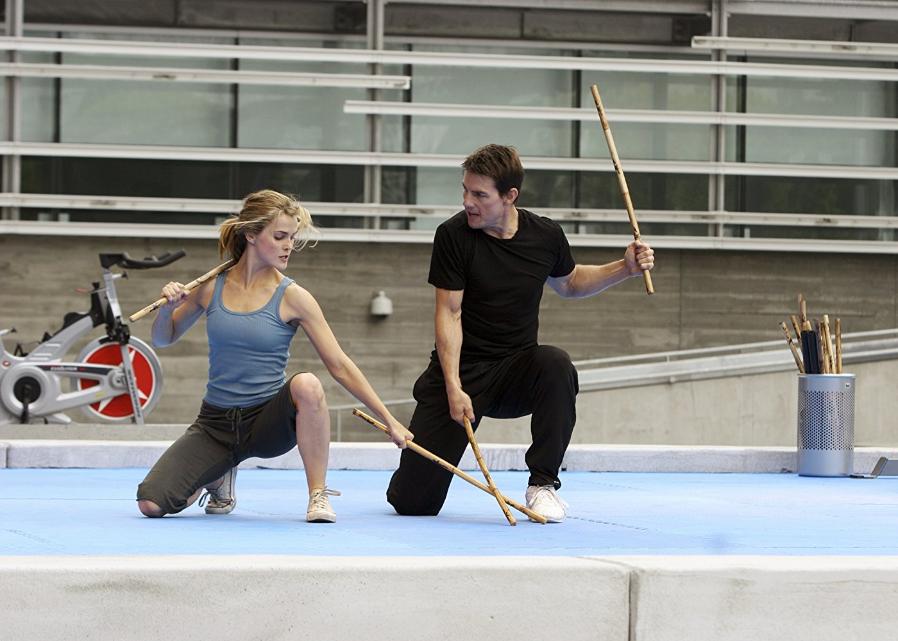

The Arnis Club of Edmonton is dedicated to preserving and promoting the Filipino martial arts, and providing world-class training to our members! At our club, we teach the Filipino martial art of Salvador Arnis.
A Brief Introduction to the Filipino Martial Arts
Filipino Martial Arts (FMA) refers to ancient and newer fighting methods devised in the archipelago known as the Philippines. It incorporate elements from both Western and Eastern Martial Arts. The most popular forms of which are known as Arnis, Eskrima, Kali, Fraile, and Estokada. The intrinsic need for self-preservation was the genesis of these systems. Throughout the ages, invaders and evolving local conflict imposed new dynamics for combat in the islands now making up the Philippines. The Filipino people developed battle skills as a direct result of an appreciation of their ever-changing circumstances. They learned often out of necessity how to prioritize, allocate and use common resources in combative situations. Filipinos have been heavily influenced by a phenomenon of cultural and linguistic mixture. Some of the specific mechanisms responsible for cultural and martial change extended from phenomena such as war, political and social systems, technology, trade and of course, simple practicality.
Today there are said to be almost as many Filipino fighting styles as there are islands in the Philippines. In 1972, the Philippine government included Filipino martial arts into the national sports arena. The Ministry of Education, Culture and Sports also incorporated them into the physical education curriculum for high school and college students. Knowledge of the Filipino fighting skills is mandatory in th Philippine military and police. Filipino Martial Arts are considered the most advanced practical modern blade system in the world and are now a core component of the U.S. Army's Modern Army Combatives program and used by the Russian Spetsnaz (Special Forces). Filipino martial arts concepts have also been included into the close-quarters combat training of such elite military units such as the U.S. Navy SEALS. In addition, Filipino martial arts concepts have also been used by world-renowned police use of force training systems such as PPCT Defensive Tactics.
Filipino martial artists are noted for their ability to fight with weapons or empty hands interchangeably and their ability turn ordinary household items into lethal weapons. Weapons-training takes precedence because they give an edge in real fights, gears students to psychologically face armed opponents, and any object that can be picked up can be used as a weapon using FMA techniques. Empty hands training is then taught as the stick is merely an extension of the hand.
Another fact to note is that the Philippines is a blade culture. FMA teaches weapon use that is practical today, how to use and deal with weapons that one can actually encounter in the streets and how to turn ordinary items into improvised weapons, thus making FMA very practical and geared towards military and street fighting. - Excerpted in part from http://en.wikipedia.org/wiki/Filipino_martial_arts
"...the Special Forces Qualification Program (SFQC) at Fort Bragg, North Carolina, ushered in a dynamic 18-hour program in armed/unarmed combatives...Both this program and FM 21-150 lean heavily on the martial arts of Kali..."
- Greg Walker (Former Green Beret & Renowned Tactical Trainer). Excerpted from SOF and the Martial Arts. Behind the Lines. Jan/Feb 1994
"...(Navy) SEAL knife combatives are taken directly from the blade arts of Filipino Kali."
- Greg Walker. Modern Knife Combat.
“Under the Army’s new system, angles of attack are introduced that come directly from Filipino Kali/Escrima/Arnis..."
- Greg Walker. Modern Knife Combat
“The lines of attack are an ingenious development of the Filipino martial arts. They represent a system of identifying lines or trajectories of a knife stroke. This allowed practicioners the ability to train safer and eliminate any confusion when training. More importantly, the system presents the student with a mental picture and allows for quicker learning.”
- excerpted from the PPCT Spontaneous Knife Defense Instructor Manual by Bruce Siddle
Below are some informative & educational videos on Filipino martial arts...enjoy!

Edmonton, Alberta | Text us at: 825-365-0447
